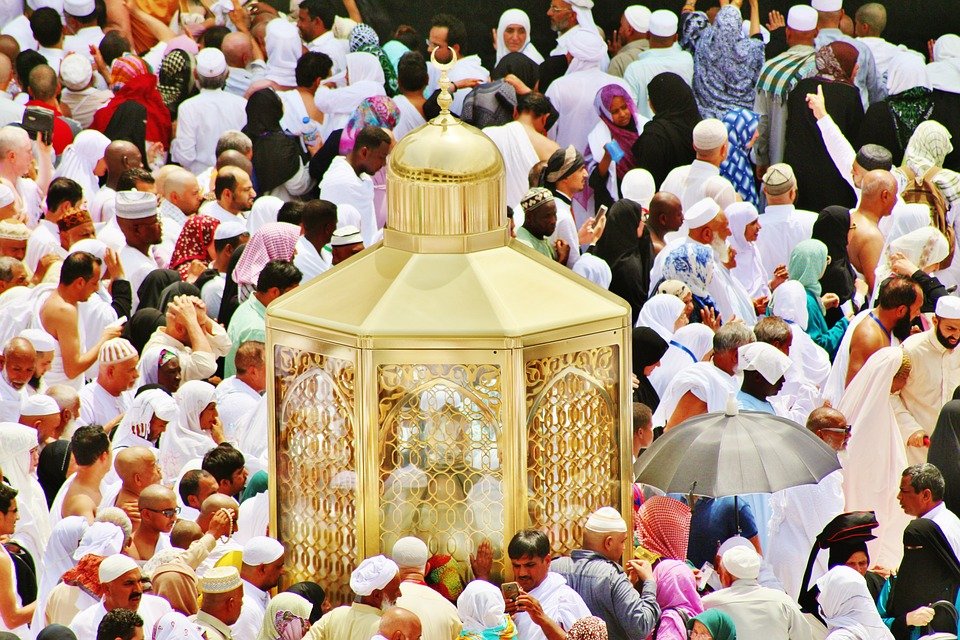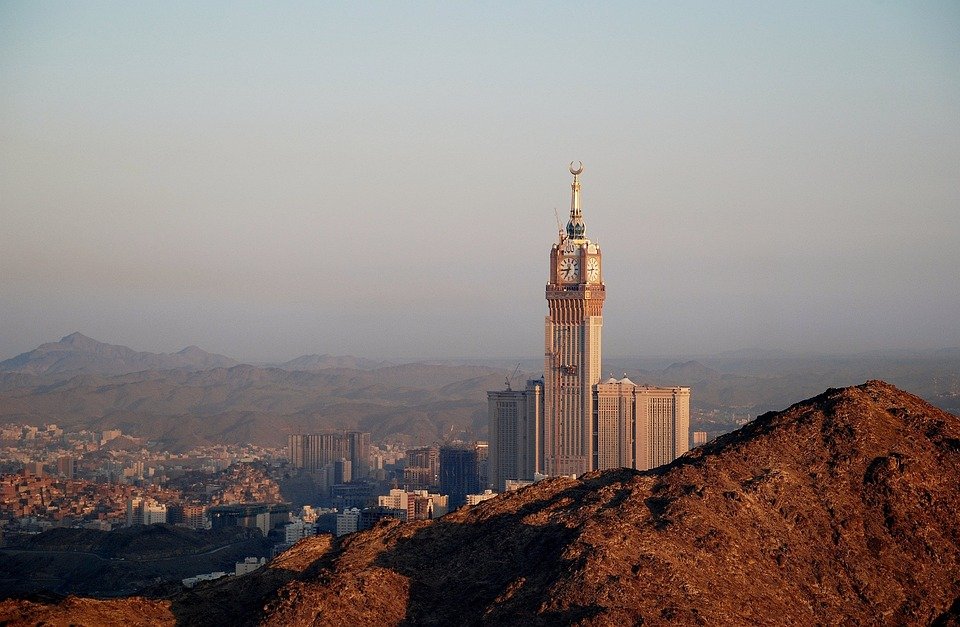You are here to read: Who Observed the Hajj: A Journey of Faith and Devotion – A Thoughtfully Written Guide Offering Spiritual Wisdom and Travel Advice for Every Pilgrim who is going on holy journey of Hajj or Umrah.
In this article, we explore “who observed the hajj,” a pivotal aspect of Islamic practice that holds profound significance for millions around the globe. Understanding the diverse experiences and backgrounds of those who participate in this sacred pilgrimage enriches our appreciation of its deep roots in faith and community. I promise you will find a comprehensive guide on who observed the hajj, covering the various individuals and groups who undertake this profound spiritual experience. Whether you are seeking insight for yourself or for someone close to you, this article will serve as an informative resource.
I believe the importance of knowing who observed the hajj cannot be overstated. It illuminates the shared devotion and commitment of Muslims worldwide to fulfilling one of the Five Pillars of Islam. In my opinion, this pilgrimage connects us on a deeper level, transcending borders and cultures. With our extensive expertise at Airlinkhajjandumrah.com—backed by nine years in the Umrah and Makkah, Madinah travel sector since 2016—we provide you with reliable information about “Who Observed the Hajj: A Journey of Faith and Devotion.” I look forward to guiding you through this vital subject.
Who Observed the Hajj: A Journey of Faith and Devotion
The Essence of Hajj
Hajj is not just a pilgrimage; it’s an extraordinary journey steeped in history and spirituality. Every year, millions of Muslims from all corners of the globe gather in the sacred cities of Makkah and Madinah. They come united, fueled by belief and hope, to fulfill one of the five fundamental pillars of Islam. This spiritual quest captivates not only those who partake in it but also respects the rich traditions carried over centuries.
In essence, Hajj means "to intend a journey." It’s a commitment not just to travel physically but also to embark on a voyage within oneself. Participants approach this pilgrimage with sincere hearts, seeking forgiveness, clarity, and a deeper connection to their faith. The act of observing Hajj enriches personal spirituality and fosters camaraderie among the Muslim community, creating memories that last a lifetime.
A Historical Perspective
Historically, Hajj holds significant importance. The roots of this sacred pilgrimage trace back to the time of Prophet Ibrahim, who is revered as a pivotal figure in Islam. According to tradition, Ibrahim and his wife, Hajar, faced numerous challenges as they sought God’s guidance. Their struggles in the desert and the miraculous event of the Zamzam water spring reflect profound faith and perseverance.
Over the years, the rituals performed during Hajj have evolved, but their essence remains unchanged. Each rite commemorates events and experiences related to figures like Ibrahim and Hajar. For instance, standing at the plain of Arafat symbolizes seeking divine mercy, while the stoning of the devil signifies the rejection of temptation. Understanding this historical backdrop enriches the experience for every observer, adding layers to their pilgrimage.
The Rituals of Hajj
The rituals of Hajj are both diverse and significant. From entering the state of Ihram, a state of purity and simplicity, to standing under the sun at Arafat, every step is imbued with meaning. Pilgrims often find themselves in deep reflection during these moments, contemplating their lives and intentions. The sight of millions dressed in simple white garments symbolizes equality among individuals, letting them focus on their faith.
You're at the middle of this awesome post at AirlinkHajjandUmrah.com through: Who Observed the Hajj: A Journey of Faith and Devotion. Keep reading, it gets better!
The Tawaf, where pilgrims circle the Kaaba seven times, is a mesmerizing spectacle. It represents unity and devotion, drawing everyone together in a smooth rhythm. The sense of companionship and purpose resonates in every participant. Engaging in these rituals not only fulfills religious obligations but also leads individuals to a profound understanding of collective faith dynamics.
The Spirit of Community
The Hajj pilgrimage unites Muslims of diverse backgrounds, languages, and cultures. This sense of community is powerful and transformative. It’s a vivid reminder that we’re all part of something greater than ourselves. As we interact with fellow pilgrims, we exchange stories, share laughter, and sometimes even challenges. This communal experience strengthens bonds and helps build relationships that transcend geographical boundaries.
In my opinion, this unique spirit of unity makes Hajj remarkably special. Being surrounded by thousands of others, all pursuing the same spiritual goals, creates a powerful atmosphere. We witness compassion in action: pilgrims help one another, share resources, and offer encouragement. This emphasis on solidarity fosters a sense of belonging, where every participant feels valued and understood.
Personal Transformation
Observing Hajj often brings profound personal change. Many pilgrims return home with renewed perspectives on life. The experience teaches humility, patience, and gratitude. Facing the trials and tribulations of the pilgrimage allows individuals to rediscover their priorities. They learn that material wealth and social status carry little weight in the presence of faith.
Moreover, the pilgrimage becomes a catalyst for reflection. I think each participant digs deeper to evaluate their actions and intentions. The quiet moments of prayer and reflection shape a renewed commitment to live a life aligned with core values. Many find themselves inspired to create a more positive impact on their communities, embracing the lessons learned during Hajj.
The Importance of Intent
An essential concept in Hajj is the intention behind the pilgrimage. It’s not merely a physical journey but an intent-filled quest. Every Muslim embarking on this pilgrimage does so with the hope of accomplishment and spiritual rejuvenation. The intention lays the groundwork for the overall experience, enhancing its spiritual virtues and benefits.
I feel it’s crucial for participants to remember that sincerity of purpose shines through. People who approach Hajj with an open heart often find the experience to be transformative. This intention influences not just the pilgrimage itself but the life that follows. Observing Hajj is a remarkable demonstration of faith, resilience, and the genuine desire to better oneself.
Conclusion
In conclusion, Hajj is so much more than a mere religious obligation; it’s a profound journey marked by faith, community, and personal transformation. This pilgrimage transcends geographical boundaries, weaving a tapestry of experiences rich with history and spirituality. It empowers individuals to embrace their faith, fosters a sense of unity, and ignites the flame of personal change.
As I reflect on all the elements that enrich the Hajj experience, I am convinced that the journey impacts all who observe it deeply. It’s a unique mixing bowl of cultures, histories, and emotions, shaping not just the individual but the wider Muslim community. In my heart, I believe the lessons and memories derived from this incredible pilgrimage stay with us long after we return home.
That wraps up Who Observed the Hajj: A Journey of Faith and Devotion. Thanks for sticking with us till here! Share this: Who Observed the Hajj: A Journey of Faith and Devotion with your friends.
Check our homepage at Air Link Hajj & Umrah for more awesome updates.
Some interesting posts are: 1: Umrah Mubarak, 2: When is Umrah closed 2026?, 3: When does Umrah start after Hajj 2026?
Mushu, an experienced Saudi Arabia traveler and writer, shares insightful tips and spiritual reflections to enhance Hajj and Umrah journeys for fellow pilgrims. He has been to Makkah and Madina from 2016 to 2023 many times and his posts will reflect this.







